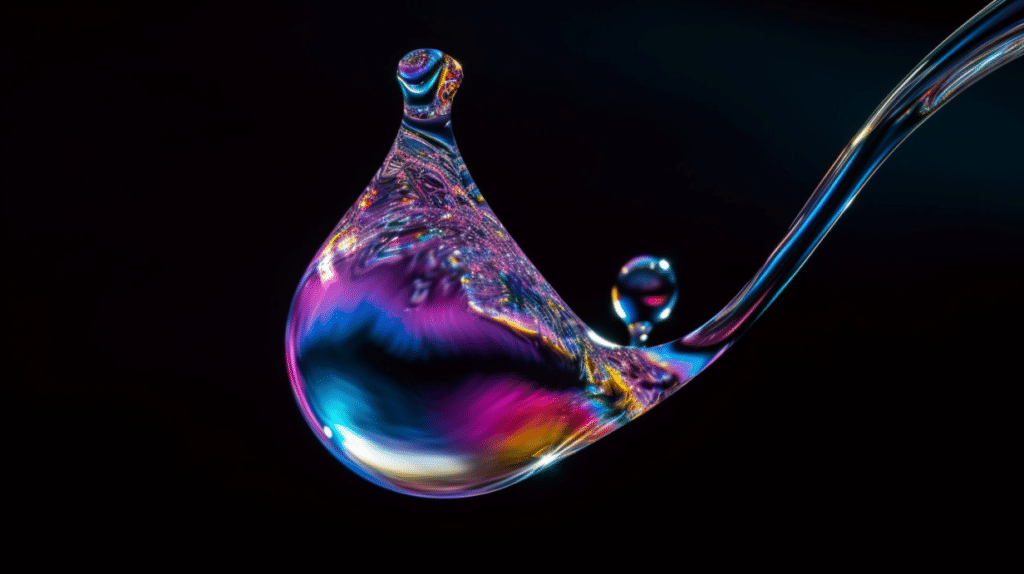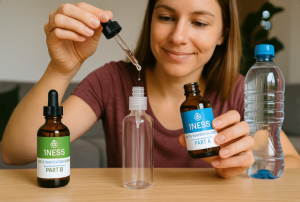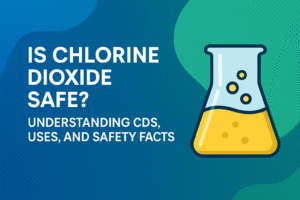Water is the essence of life. It plays a critical role in the sustenance of every living organism on our planet. In this blog post, we will explore the fascinating science of water and its importance to the human body. We’ll delve into credible, unbiased research to unveil the mysteries of this incredible substance and discuss how it impacts our well-being.
The Unique Properties of Water: Water is a unique substance with some remarkable properties. Its molecular structure allows it to exist in three different states – solid, liquid, and gas – within a relatively small temperature range. This versatility is essential to life on Earth, as it enables water to cycle through various forms in nature, including ice, rivers, oceans, and clouds.
Dr. Gerald Pollack, a renowned water researcher and author of the book “The Fourth Phase of Water,” has discovered that water exists in a fourth state called “structured water” or “exclusion zone (EZ) water.” This form of water has unique properties, such as increased viscosity and a negative electrical charge, which are believed to play a crucial role in biological processes (1).
Water and the Human Body: Water makes up about 60% of an adult’s body weight and is involved in numerous vital functions, such as maintaining body temperature, cushioning joints, and aiding in digestion. According to a study published in the European Journal of Clinical Nutrition, even mild dehydration can lead to cognitive impairments, including poor concentration, mood swings, and reduced mental performance (2).
The Importance of Hydration: Drinking adequate amounts of water is crucial for maintaining optimal health. The National Academy of Medicine recommends a daily water intake of about 3.7 liters (125 ounces) for men and 2.7 liters (91 ounces) for women, including all beverages and food (3). However, individual water needs may vary depending on factors such as age, activity level, and climate.
In a study published in the American Journal of Epidemiology, researchers found that increased water intake was associated with a decreased risk of kidney stones, urinary tract infections, and colorectal cancer (4). Moreover, adequate hydration has been shown to improve physical performance, particularly during endurance exercises (5).
Water Purification and Its Impact on Health: Water quality is another essential aspect to consider. Contaminated water can harbor harmful microorganisms, chemicals, and heavy metals that can adversely affect human health. Using a reliable water purification method, such as chlorine dioxide drops from 1ness Products LLC, can help remove impurities and ensure the water you consume is safe and clean.

In a review published in the International Journal of Environmental Research and Public Health, researchers found that water purification methods, including chlorine dioxide, effectively reduced waterborne pathogens and improved water quality (6).
In conclusion, water is a miraculous substance that plays a vital role in our lives. Understanding the science of water and its importance in the human body helps us appreciate this essential resource and underscores the need to prioritize hydration and water quality. By staying informed and making conscious choices, we can ensure that we provide our bodies with the best possible water for optimal health and well-being.

References:
- Pollack, G. H. (2013). The Fourth Phase of Water: Beyond Solid, Liquid, and Vapor. Ebner & Sons Publishers.
- Benton, D., & Young, H. A. (2015). Do small differences in hydration status affect mood and mental performance? European Journal of Clinical Nutrition, 69(9), 1091-1097. https://www.nature.com/articles/ejcn201597
- National Academies of Sciences, Engineering, and Medicine. (2004). Dietary Reference Intakes for Water, Potassium, Sodium, Chloride, and Sulfate. The National Academies Press. https://www.nap.edu/read/10925/chapter/1
- Strippoli, G. F., Craig, J. C., & Rochtchina, E. (2011). Fluid and nutrient intake and risk of chronic kidney disease. American Journal of Epidemiology, 173(7), 701-710. https://academic.oup.com/aje/article/173/7/701/99372
- Sawka, M. N., Cheuvront, S. N., & Kenefick, R. W. (2015). High skin temperature and hypohydration impair aerobic performance. Experimental Physiology, 100(3), 227-234. https://physoc.onlinelibrary.wiley.com/doi/full/10.1113/EP085130
- Shah, A. D., Mitch, W. A., & Rosario-Ortiz, F. L. (2020). Chlorine dioxide as a disinfectant for water. Shah, A. D., Mitch, W. A., & Rosario-Ortiz, F. L. (2020). Chlorine dioxide as a disinfectant for water treatment: A review of disinfection kinetics, mechanisms, and by-product formation. International Journal of Environmental Research and Public Health, 17(19), 7184. https://www.mdpi.com/1660-4601/17/19/7184




